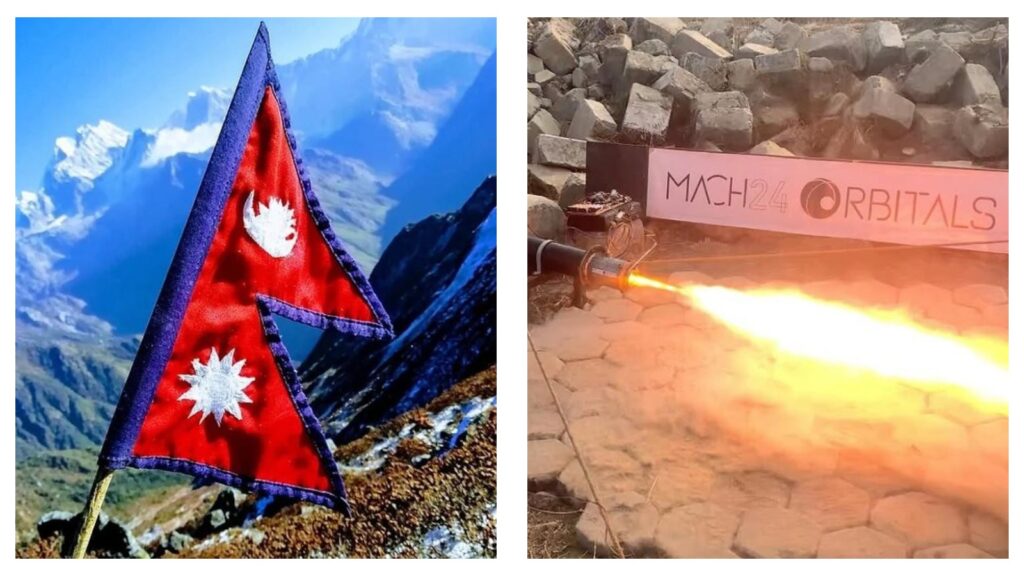By Wendellyn Mateo
National Aeronautics and Space Administration (NASA) astronauts Butch Wilmore and Suni Williams made headlines in recent months after what was supposed to be an eight-day mission was dramatically extended to nine months when their spacecraft suffered from technical problems, effectively stranding them out in the vast wilderness of space.
That ordeal came to an end when space authorities finally managed to bring them home on March 18, with their SpaceX capsule making a fast re-entry through the atmosphere before parachuting down off the coast of Florida.
Speaking at a news conference cited by BBC News, NASA’s Commercial Crew Programme manager Steve Stich said the crew had been “doing great,” while Space Operations Mission Directorate deputy associate administrator Joel Montalbano was delighted to have the crew 9 home and called the landing “beautiful”.
Yet, for nations across the world, the ordeal also served as a reminder of their ambitions to one day take flight among the stars.
NASA plans for next moon landing
NASA’s much-awaited Artemis II programme will see four astronauts travel around the moon as part of the agency’s goal to establish a long-term presence there for science and exploration, according to its website.
Utilising the Space Launch System (SLS) rocket and Orion spacecraft, the flight test – which is scheduled to launch in April 2026 – will be the first mission with crew aboard.
It is also expected to pave the way for Artemis III, when officials plan to place the first woman and next man on the moon.
“The unique Artemis II mission profile will build upon the uncrewed Artemis I flight test by demonstrating a broad range of SLS and Orion capabilities needed on deep space missions,” Artemis mission manager Mike Sarafin said.
“This mission will prove Orion’s critical life support systems are ready to sustain our astronauts on longer duration missions ahead and allow the crew to practice operations essential to the success of Artemis III.”
This is on top of other space programmes in the United States, including the Mars exploration touted by President Donald Trump.
READ MORE: Mach24 Orbitals to put Nepal on global space map

China and India enter space race
However, NASA isn’t the only one with sights set towards the skies and beyond.
China has unveiled plans to send its astronauts to the moon before 2030, with two rockets carrying a manned spacecraft and a lunar lander.
In February, the China Manned Space Agency revealed “Wangyu”, its moon-landing spacesuit, and “Tansuo”, the manned lunar rover – both of which will be utilised for future missions, according to the Xinhua news agency.
The names were selected from 9,000 proposals submitted by the public, reflecting the fervour of the Chinese and their ambitions for space exploration.
India isn’t less starry-eyed, with federal junior minister in the Prime Minister’s Office, in-charge of the Department of Space, Jitendra Singh, announcing plans to send their own astronauts to the moon by 2040 when speaking in the lower house of Parliament on March 19.
“India had a plan to set up its space station which will be known as Bharatiya Antriksh Station (Indian space station) and if everything goes as per plan, an Indian astronaut will be on the moon by 2040,” Singh said, Xinhua cited.
South Korea joins the huddle
Last year, South Korea launched the Korea Aerospace Administration (KASA) – its first-ever space agency – as it targets a Mars landing by 2045 and a lunar landing by 2032.
About USD72.6 billion has been set aside for space exploration over the next two decades in a bid to place South Korea on the top five space powers.
In its latest endeavor reported by the Yonhap News Agency, KASA announced on March 19 an initiative to foster 30,000 aerospace talents by 2045 under a cross-sectoral education system.
The initiative will also allow individuals to be part of space education projects and public outreach schemes similar to NASA’s Space Ambassador Programme.
READ NEXT: NVIDIA CEO: We are less than five years away from humanoid robots
